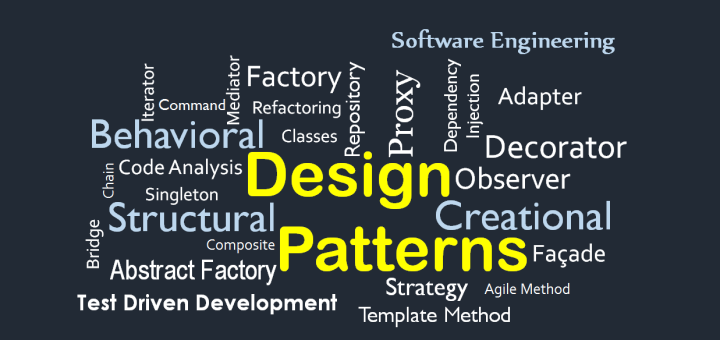Description
Design pattern programming is not a finished design that can be transformed directly into code. it’s a description or template for how to solve a problem so that can be used in many different situations. Each pattern is like a blueprint and that can be customized to solve a particular design problem but in code methodology. Design patterns aim to upraise software development and practices by offering standardized solutions. Developers fix themselves to established patterns to avoid unnecessary repetition and focus on creating efficient, high quality applications.
Through a blend of theoretical learning and practical learning so that participants will learn about creational, structural design, behavioural patterns, concurrency design, anti patterns in detail. participants will be proficient in this course because it will enhance some principles underlying design pattern.
Module 1: Introduction to Design Patterns
Learning Objectives – So in this module, you will understand the basic overview of OOP concepts and implementation of DAO & Factory Pattern.
(a) Object Oriented Programming concepts (b) Unified Modeling Language
(c) Introduction to Design Patterns
(d) SOLID Principles (SRP, OCP, LSP, IS, DI)
Topics – Inheritance, Polymorphism, Interfaces, Different Member Field Attributes, Understand Design Patterns,Design Patterns using well defined UML Diagrams, Importance of Design Patterns, Introduction to different Classes of Design Patterns, and Implementing DAO and Factory Pattern.
Module 2: Creational Design Patterns
Learning Objectives – In this module, you will learn the Creational Design Pattern concepts and application using Java code examples.
Topics – Abstract Factory, Builder, Factory, Prototype, Singleton, and Object Pool.
Module 3: Structural Design Patterns
Learning Objectives – In this module, you will be able to learn Structural Design Pattern,concepts and application using Java code examples.
Topics – Adapter, Bridge, Composite, Decorator, Facade, Flyweight, MVC, Front Controller, and Module, Proxy.
Module 4: Behavioural Patterns
Learning Objectives – In this module, you will learn Behavioral Design Pattern concepts and application using Java code examples.
Topics – Chain of Responsibility, Command, Iterator, Mediator, Observer, Strategy, Template Method, and Visitor.
Module 5: Concurrency Design Patterns
Learning Objectives – In this module, you will learn Concurrency Design Pattern concepts and application using Java code examples.
Topics – Active Object, Monitor Object, Half-Sync/Half-Async, Leader/Followers, Thread Specific Storage, Thread Pool, Scheduler.
Module 6: Anti Patterns
Learning Objectives – In this module, we will explain the negative consequences that arises out by applying wrong design patterns to a problem.
Topics – Software Design Anti Patterns, Software Development Anti Patterns, and Overview of Management Anti Patterns.
Refactoring
Module 7: Refactoring
Learning Objectives -In this module, you’ll determine the basic fundamentals that need and what to be taken into consideration and while applying the Design Pattern principles which was learnt in previous modules.
Topics – Compose Methods, Move Features between Objects, Organize Data, and Conditional Expressions Simplification, Simplifying Methods, and Generalization.
Module 8: Question & Answers + Projects
Learning Objectives – So in this module, you will be able to apply all the concepts used in previous modules to come up with scalable design for a given project.
Topics – Iterator Pattern, Abstract Factory, and Observer Design Patterns
Reference to Design pattern programming more content is available here https://learn.microsoft.com/en-us/dotnet/standard/design-guidelines/common-design-patterns







Reviews
There are no reviews yet.